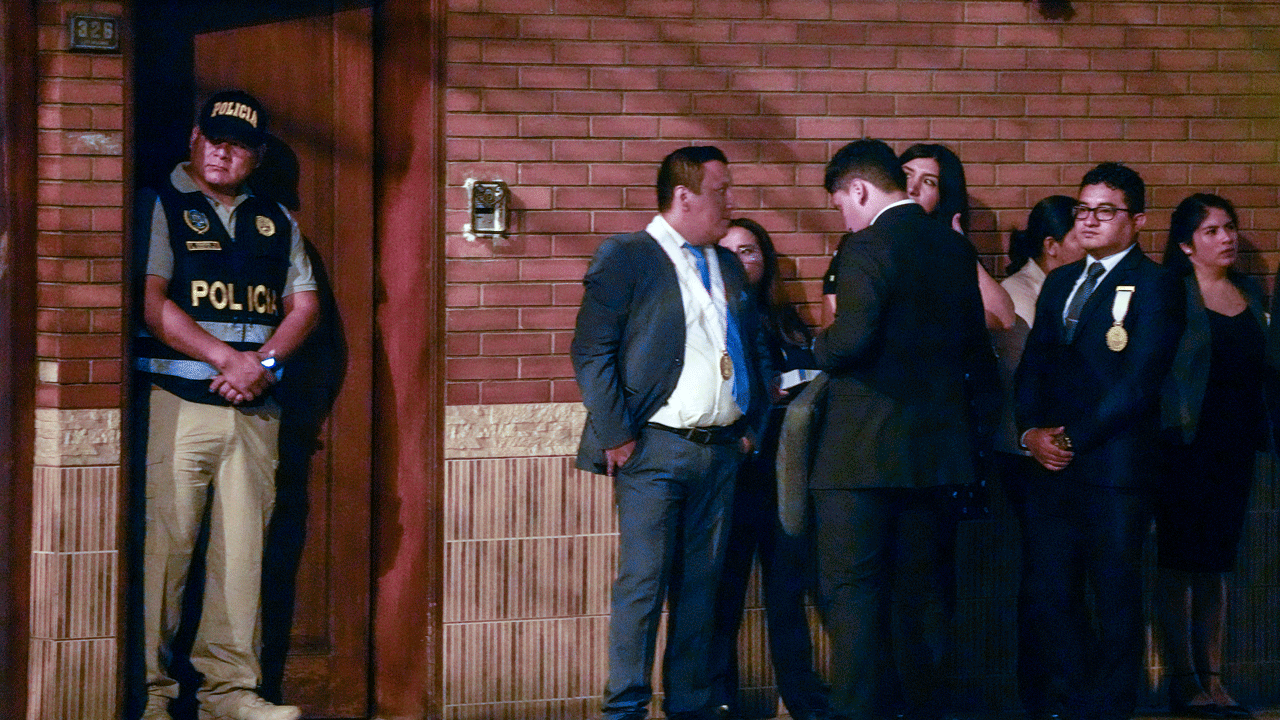When you dig in a country with as much history as Britain, sometimes you find something remarkable.
It might be a gold necklace. It might be the bones of a king.
Or, in a more recent case, it might be the marble head of a woman from the Roman era that disappeared at some point in the last 250 years.
Sometimes, such a find comes with a mystery: How the heck did the woman make her way from Burghley House, a stately home near Peterborough, England, to a shallow grave 300 yards away?
“Burghley has thrown up all sorts of discoveries over the years,” Jon Culverhouse, the house’s curator, said. “In cupboards, under stairs.”
A crew was building an auxiliary parking lot for the house last spring when the operator of an excavator, Greg Crawley, spotted the head in dirt he had lifted. It was buried only a foot or so beneath the surface.
Weeks later, the lady’s shoulders were found, though they were sculpted much later than the marble head. This kind of Frankenstein statue was common in the 18th century, as adding modern shoulders made the ancient head more desirable to a potential buyer.
The head has been dated to the first or second century A.D., and it was very likely acquired by Brownlow Cecil, the ninth Earl of Exeter, on a trip to Italy in the 1760s. Such trips, known as the Grand Tour, were “a rite of passage for a young aristocrat,” Mr. Culverhouse said.
So how did the statue wind up beneath the earth? It’s hard to know, in part because the head does not appear on any inventory that researchers have been able to find.
But Mr. Culverhouse can offer some “informed speculation,” he said. He thinks it was stolen, probably within 100 years of its acquisition.
The head was found close to a driveway leading to the back door, which would have been the tradesman’s entrance, a likely escape route for thieves. But Mr. Culverhouse theorizes that the thieves got less than a quarter-mile away with the head. “It’s heavy,” he said. “I could well imagine them thinking, ‘We’ll put it here and come back later.’” Why they never came back is unknown.
Researchers did not find anything about such a theft in the local newspaper archive, but “there probably wouldn’t be, because the owner would be very embarrassed,” Mr. Culverhouse said.
The head might also have wound up buried there for some other reason. Did it tumble off a truck when being shipped somewhere? Was it discarded by an art-loathing vulgarian? Answers remain elusive.
Beginning on Saturday, the reassembled statue will be on display at Burghley House, where it will join many other works of art as well as an adventure playground as an attraction for visitors. The house has been formally open to the public since 1957. But as Mr. Culverhouse noted, for centuries before, “if you were well dressed and gave the housekeeper a shilling, she’d show you around.”
In the book “Pride and Prejudice,” the heroine, Elizabeth Bennet, passes by Pemberley, the home of the wealthy Mr. Darcy, and is happily shown around in just such a way. Burghley House appeared in the 2005 film adaptation of the novel, though it stood in for Rosings Park, the home of Lady Catherine de Bourgh (played by Judi Dench), not Pemberley.
“The house has always revealed secrets,” Mr. Culverhouse said. “But nothing as romantic as this.”






